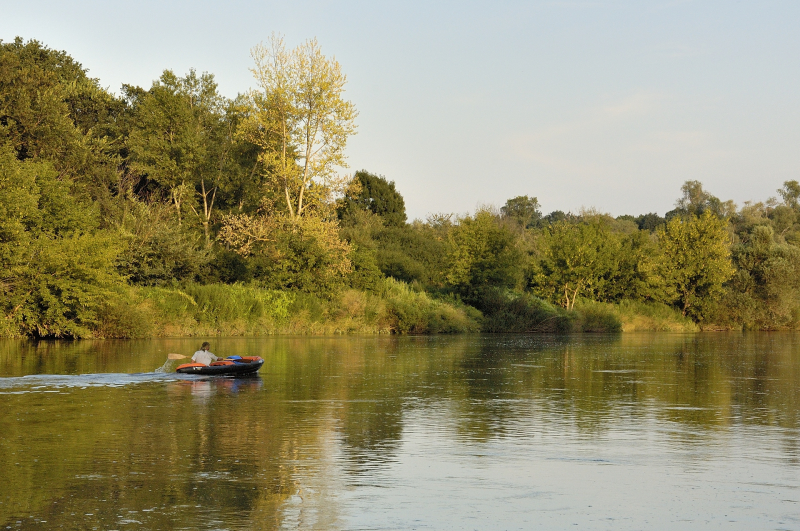Morava River
The Morava River (March in German, Morva in Hungarian, Morawa in Polish) is a river in Central Europe and a left tributary of the Danube. It is the primary river of Moravia, which bears its name. The river flows southward from the Králick Snnk mountain in the north-eastern portion of Pardubice Region, near the boundary between the Czech Republic and Poland. The river's lower course marks the border between the Czech Republic and Slovakia, then Austria and Slovakia.
The lower part of the river, downstream of the confluence with the Thaya at Hohenau a der March, which today marks the Austro-Slovakian border, is one of the oldest national boundaries still in existence in continental Europe: it was the eastern boundary of the Carolingian Empire with the Avar Khaganate around 800, and from the 10th century marked the border of the Imperial marcha orientalis, later Duchy of Austria, with the Kingdom of Hungary (within the Habsburg monastery This segment of the river was part of the Iron Curtain during the Cold War, constituting the border between Austria and Czechoslovakia.
The Morava's coasts have been inhabited for a very long period. Stillfried, on the Austrian side of the river, was the site of a human settlement as early as 30,000 years ago. Agriculture first appeared in the Morava valley some 7,000 years ago, and fortified communities appeared during the New Stone Age.
Location: Near the borders between Czech Republic and Poland.
Length: 352 km (219 mi)











